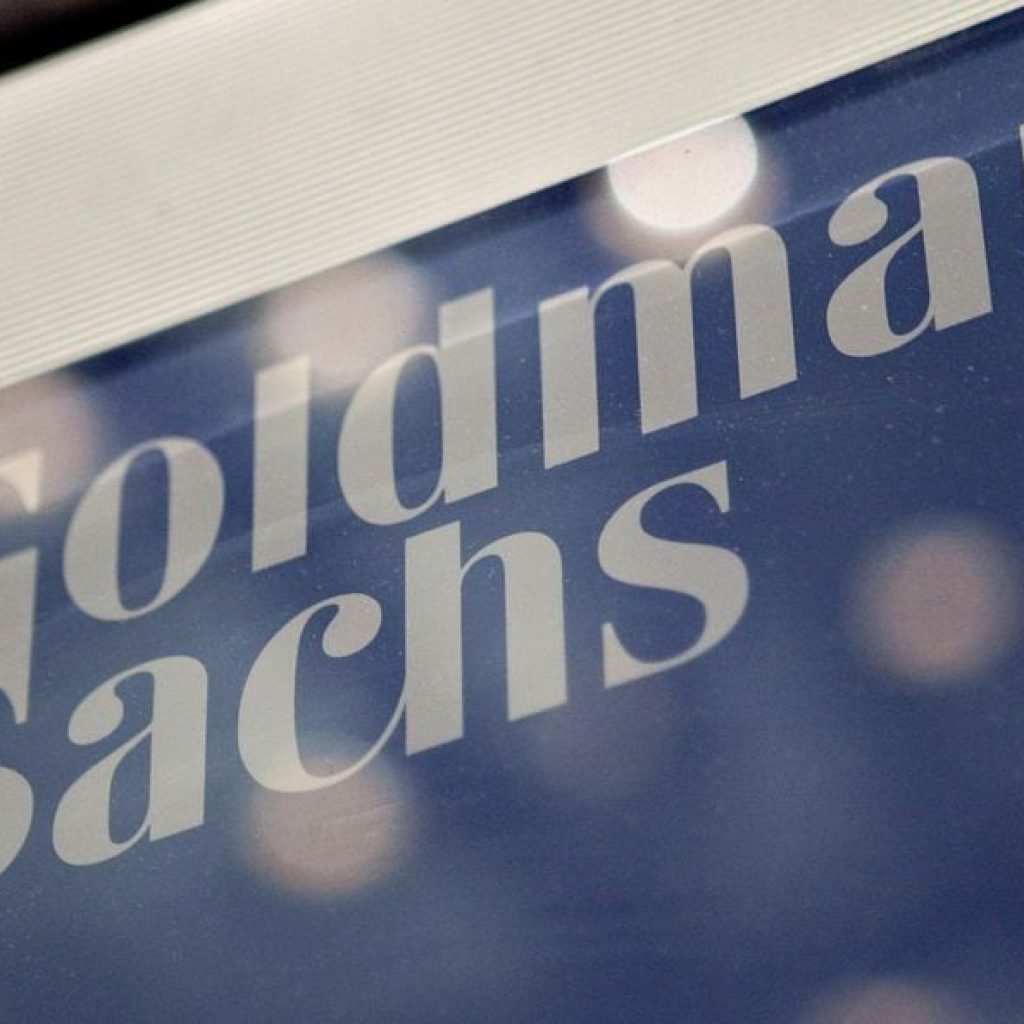The UK just kicked recession to the curb, growing faster than anyone thought at 0.6% in early 2024. This is a big deal for Rishi Sunak as he gears up for the general election.
Rapid Growth in the Face of Adversity?
This 0.6% increase isn’t just any number—it’s the quickest growth since 2021, driven by a surge in car manufacturing and a strong performance across service industries. This growth spurt has outdone the cautious 0.4% prediction by the Bank of England and some number-crunchers at Reuters.
Back in 2023, the UK economy had a rough patch, with output dipping for two quarters straight due to high prices and borrowing costs. But now, according to the Office for National Statistics who dropped these figures last Friday, the UK has officially bounced back.
When I say the UK economy started the year with a bang, I’m talking about how it handled the energy squeeze and tight money policies without sinking into a worse state. With that 0.6%, the UK is at the top in the G7, beating the Eurozone’s 0.3% and the US’s 0.4%.
For Sunak, this is more than good news; it’s a promise kept to the British folks, despite trailing in polls behind Labour by about 20 points.
Jeremy Hunt, the guy holding the UK’s purse strings, called this growth “proof that the economy is returning to full health for the first time since the pandemic.” Contrast that with Rachel Reeves from Labour, who’s quick to point out that the economy per person is still down £300 from when Sunak took over.

Driving Forces Behind the Growth
This isn’t just about any growth. It’s specific. Services jumped up by 0.7%, showing folks are out spending as inflation cools. Cars are flying off the lots too, with manufacturing up 1.4%, marking six straight quarters of growth in that area.
Liz McKeown from the ONS pointed out this isn’t just a few areas doing well—it’s widespread across services like retail and public transport. However, construction isn’t on the same upbeat track.
And it’s not just businesses feeling optimistic. The pound got a tiny lift against the dollar, and investors are now betting there’s about a 45% chance interest rates might drop by June.
The Bank of England kept rates steady at a stiff 5.25% but hinted at cuts if inflation keeps its chill.
March was a standout with a 0.4% bump in GDP, outdoing the measly 0.1% growth expected by the smarty-pants economists. This follows a decent 0.2% uptick in February.

Despite this uptick, she reminds us the economy is just a bit better than it was early last year, so it’s not all sunshine and rainbows.
Per Capita and Consumer Comeback
The first quarter of 2024 also saw per capita output grow again, the first time in nearly two years. Although it’s still down 0.7% from last year, it’s a step in the right direction.
Households are also opening their wallets again, with spending up in areas like housing and leisure after a slump in the last half of 2023.
All in all, since the end of 2019 just before the pandemic hit, the UK economy has grown 1.7%. That’s slower than the US’s 8.7% and the Eurozone’s 3.4% over the same period.
Sunak, despite recent political setbacks, celebrated this turn of events on social media, claiming, “The economy has turned a corner.”
As for inflation, the Bank of England remains cautious, keeping rates high for now but predicting a near-term easing.





